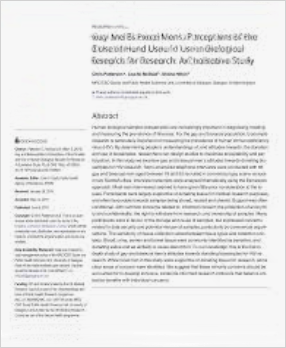Discriminating Multiplexed GFP Reporters in Primary Articular Chondrocyte Cultures Using Image Cytometry
J Fluoresc. 2014 Apr 13. Chan LL, Huang J, Hagiwara Y, Aguila L, Rowe D.
Flow cytometry has become a standard tool for defining a heterogeneous cell population based on surface expressed epitopes or GFP reporters that reflect cell types or cellular differentiation. The introduction of image cytometry raised the possibility of adaptation to discriminate GFP reporters used to appreciate cell heterogeneity within the skeletal lineages. The optical filters and LEDs were optimized for the reporters used in transgenic mice expressing various fluorescent proteins. In addition, the need for compensation between eGFP and surrounding reporters due to optical cross-talk was eliminated by selecting the appropriate excitation and emission filters. Bone marrow or articular cartilage cell cultures from GFP and RFP reporter mouse lines were established to demonstrate the equivalency in functionalities of image to flow cytometry analysis. To examine the ability for monitoring primary cell differentiation, articular chondrocyte cell cultures were established from mice that were single or doubly transgenic (Dkk3eGFP and Col2A1GFPcyan), which identify the progression of superficial small articular cell to a mature chondrocyte. The instrument was able to rapidly and accurately discriminate cells that were Dkk3eGFP only, Dkk3eGFP/Col2A1GFPcyan, and Col2A1GFP, which provides a useful tool for studying the impact of culture conditions on lineage expansion and differentiation.

